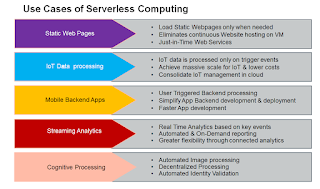Cloud Platforms requires massively scalable, programmable storage platform that supports cloud infrastructure, media repositories, backup and restore systems, and data lakes. HPE Syergy is an ideal plaform for such demands that provide a cost effective SDS storage solution; and introduce cost-effective scalability that modern workloads require.
HPE Synergy 12000 Frame forms an excellent platform for high performance SDS storage that scales to meet business demand. The Frame is the base infrastructure that pools resources of compute, storage, fabric, cooling, power and scalability. IT can manage, assemble and scale resources on demand by using the Synergy Frame with an embedded management solution combining the Synergy Composer and Frame Link Modules.
The Synergy Frame is designed to meet
today’s needs and future needs with continuing enhancements to compute and
fabric bandwidths, including photonics-ready capabilities. Enhancements to the
HPE Synergy 12000 Frame include several new capabilities:
• Support for HPE Synergy 480 and 660
Gen10 Compute Modules.
• Additional 2650W hot plug power supply
options: HVDC, 277VAC, and -48VDC.
• Product version to comply with the
Trade Agreements Act (TAA).
HPE Synergy is a single infrastructure of
physical and virtual pools of compute, storage, and fabric resources, and a
single management interface that allows IT to instantly assemble and
re-assemble resources in any configuration. As the foundation for new and
traditional styles of business infrastructure, HPE Synergy eliminates hardware
and operational complexity so IT can deliver infrastructure to applications
faster and with greater precision and flexibility.
D3940 Storage Module provides a fluid pool of storage resources for the Composable
Infrastructure. Additional capacity for compute modules is easily provisioned
and intelligently managed with integrated data services for availability and
protection. The 40 SFF drive bays per storage module can be populated with 12 G
SAS or 6 G SATA drives.
Expand up to 4 storage modules in a single Synergy
12000 Frame for a total of 200 drives. Any drive bay can be zoned to any
compute module for efficient use of capacity without fixed ratios.
A second HPE
Synergy D3940 I/O Adapter provides a redundant path to disks inside the storage
module for high data availability.
The HPE Synergy D3940 Storage Module and HPE
Synergy 12Gb SAS Connection Module are performance optimized in a non-blocking
12 Gb/s SAS fabric.














